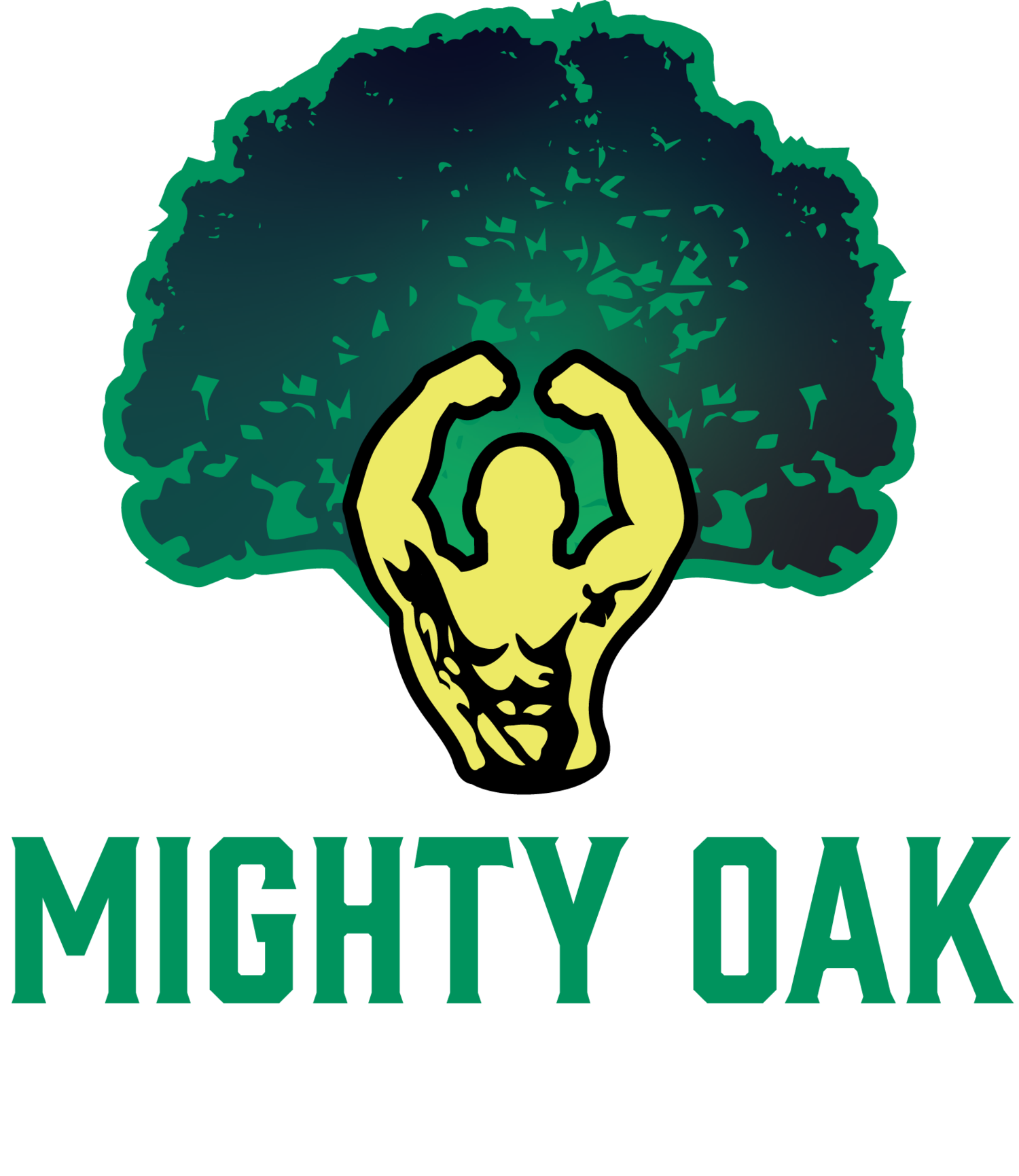Strength Training and Weight Lifting Tips for Teens
Weight lifting and strength training are popular forms of exercise that can have many benefits for teens. These types of workouts can help build muscle, increase bone density, and improve overall physical fitness. However, there are some important things to keep in mind when it comes to weight lifting and strength training for teenagers.
First and foremost, it is important for teens to have proper supervision and guidance when beginning a weight lifting or strength training program. This can be provided by a qualified personal trainer or strength coach who can help teach proper technique and form, as well as help create a safe and effective workout program. It is important to start with lighter weights and gradually increase the amount of weight lifted over time in order to prevent injury and ensure progress.
Another important factor to consider is nutrition. Teenagers who are engaging in weight lifting and strength training should make sure to eat a balanced and nutritious diet that includes plenty of protein and carbohydrates to help support muscle growth and recovery. It is also important to stay hydrated before, during, and after workouts.
In addition to these general tips, there are some specific exercises and workout techniques that can be particularly effective for teenagers. Some of these include:
Compound exercises: Compound exercises are movements that work multiple muscle groups at the same time, such as squats, deadlifts, and bench presses. These types of exercises can help increase overall strength and improve athletic performance.
Plyometric exercises: Plyometric exercises involve explosive movements, such as jumping and bounding, that can help improve power and speed.
Circuit training: Circuit training involves performing a series of exercises back-to-back with little to no rest in between. This type of workout can be a great way to build endurance and burn calories.
Progressive overload: This refers to gradually increasing the amount of weight lifted or the number of repetitions performed over time. This technique can help ensure continued progress and prevent plateaus.
It is also important for teenagers to listen to their bodies and not push themselves too hard, too fast. Rest and recovery are just as important as the workout itself, so it is important to take breaks when needed and get enough sleep to allow the body to recover.
In summary, weight lifting and strength training can be a great way for teenagers to improve their physical fitness and overall health. With proper supervision, nutrition, and technique, these workouts can be both safe and effective. By incorporating compound exercises, plyometrics, circuit training, and progressive overload techniques, teenagers can see significant gains in strength, power, and endurance.
References:
Faigenbaum, A. D., Myer, G. D., & Kemp, S. P. (2010). Strength training for children and adolescents. Clinical sports medicine, 29(3), 443-459.
Lloyd, R. S., Faigenbaum, A. D., Stone, M. H., Oliver, J. L., Jeffreys, I., Moody, J. A., ... & Pierce, K. C. (2014). Position statement on youth resistance training: the 2014 International Consensus. British journal of sports medicine, 48(7), 498-505.
Moran, J., Sandercock, G. R., & Ramirez-Campillo, R. (2017). A meta-analysis of resistance training in youth: its effectiveness for improving muscular strength and endurance. European journal of sport science, 17(5), 543-560.
CONTACT MIGHTY OAK ATHLETIC FOR A FREE STRENGTH TRAINING SESSION FOR YOUR TEEN

